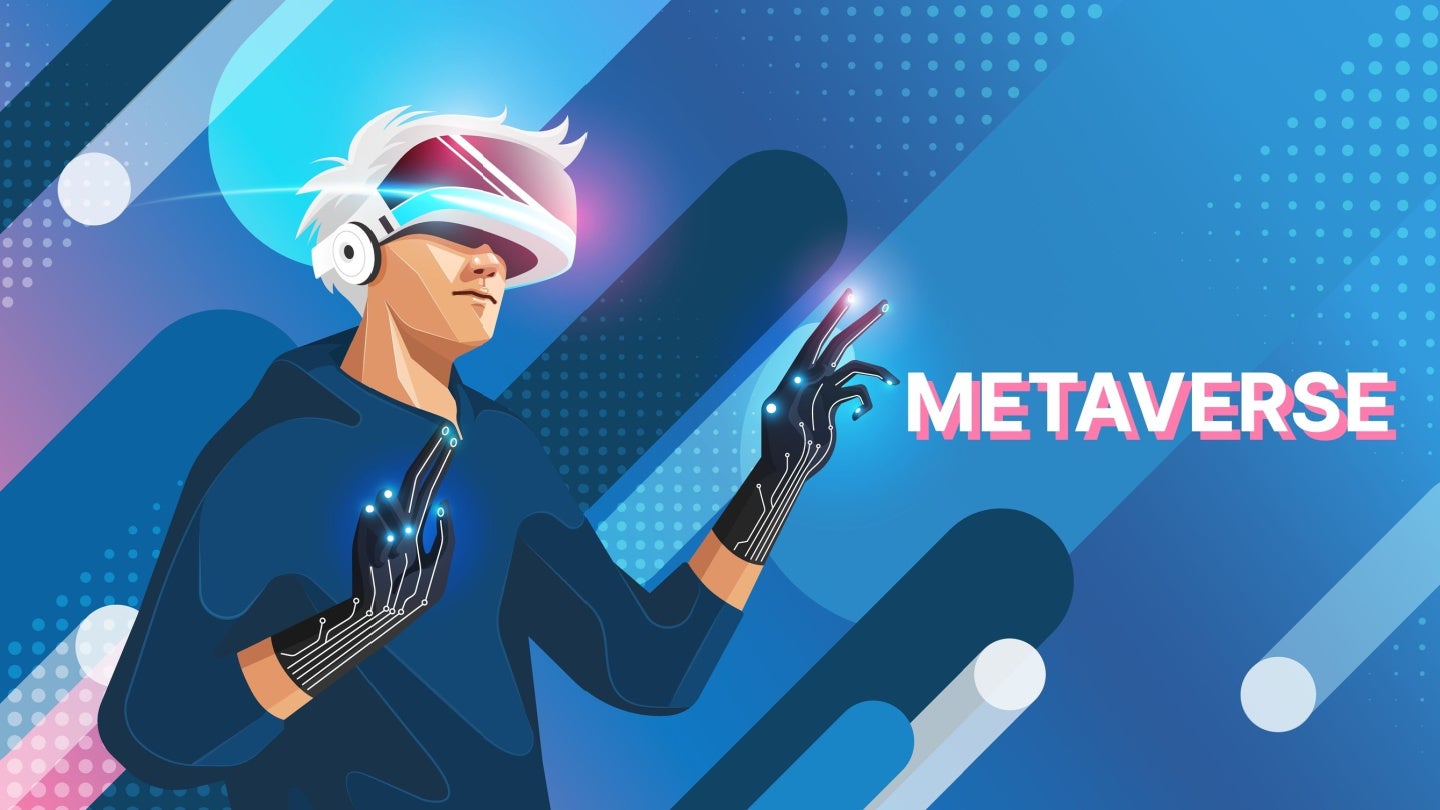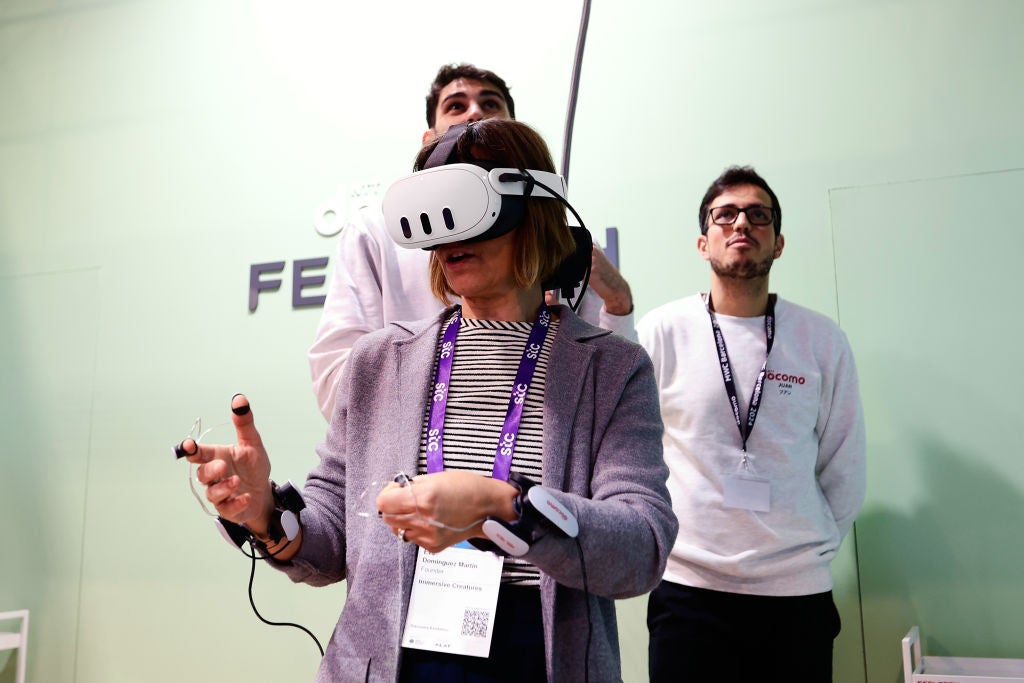
Metaverse is a buzzword that has been at the forefront in the tech world since Facebook charted its Meta course in 2021.
The metaverse has cross-industry implications and hardware is a critical piece of the metaverse puzzle, begging the question: what kind of personal devices will flourish in the metaverse?
The smartphone will be an enabler, not a mainstay
The first line will be what we currently use: gaming consoles, laptops, and smartphones. These devices will be used in conjunction with an augmented reality (AR) or virtual reality (VR) overlay to begin with, which makes the current ecosystem of devices a large one. Although smartphones will be one of the first points of entry, in an evolving metaverse, smartphones will take on an enabling role instead of acting as a personal device mainstay. Smartphones enabling AR and VR will become increasingly common as the metaverse evolves.
AR wearables, haptics, and our bodies
AR wearables devices, with their unobtrusiveness, and wearables as a category will be the key to taking mixed reality out of the living room. Consumer AR products, very likely glasses, are expected to arrive in markets perhaps as early as 2024, with use cases such as enhancing the shopping experience by enabling a user to see how a new car would look in their own driveway or how a watch would look on their wrist.
Haptic gloves – or full-body haptic suits – are wearables that allow the sensation of touch through advanced tactile feedback, opening up a wide variety of use cases and experiences. Haptic gloves that allow full control of hands in VR are already available for both mainstream and enterprise segments. The definition of mixed reality wearables as we know it will expand. It won’t be limited to glasses or watches or rings, but things that are embedded into our clothes or into our very skins: implanted wearables.
Meta is working on one such wearable, but this is far out into the future. Another evolving and possibly very disruptive area is brain and/or nerve connectivity, which will allow for recovering lost senses or learning new ones. Consumers could directly interact with the metaverse through their own synapses or nerve impulses. This will require a more sophisticated level of hardware and software innovation than is currently available, but efforts are ongoing in this space, especially in healthcare. The expectation is that in the long-term future, these kinds of smaller wearables could effectively replace the need for smartglasses.
How well do you really know your competitors?
Access the most comprehensive Company Profiles on the market, powered by GlobalData. Save hours of research. Gain competitive edge.

Thank you!
Your download email will arrive shortly
Not ready to buy yet? Download a free sample
We are confident about the unique quality of our Company Profiles. However, we want you to make the most beneficial decision for your business, so we offer a free sample that you can download by submitting the below form
By GlobalDataPrivacy legislation has to match the evolutionary pace of the Metaverse
As the metaverse expands, so too must privacy laws. Data categorization is a key element, but we are in the preliminary stage for understanding exactly what kind of data may be generated by AR/VR across the industry.
The development of the metaverse will mirror the pace of AI, and governments need to closely monitor its evolution and legislate according to the pace of innovation. It is essential for governments to be watching this space to regulate the control that companies have over mixed reality spaces and devices as well as how they must treat consumer data.






Related Company Profiles
Meta Platforms Inc